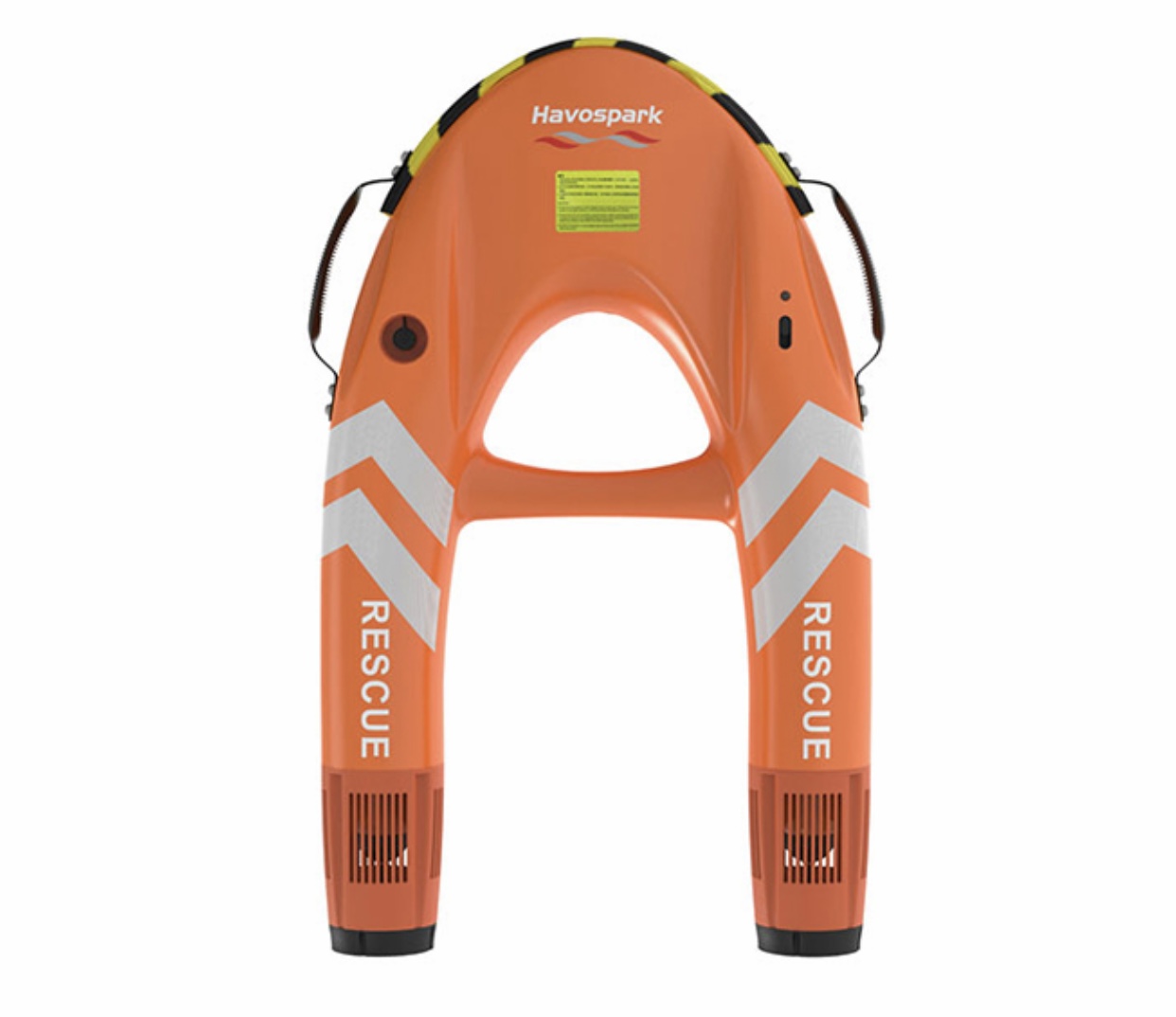Physical Address
60 Ekwema Cres, Layout 460281, Imo
Physical Address
60 Ekwema Cres, Layout 460281, Imo

The Lifesaving Float, which is remote controlled, is a creative gadget designed to help rescue people from drowning. It’s an innovation that can greatly prevent drowning and provide safety in the water.
The float can be remotely controlled and quickly deployed to reach individuals in distress in the water. According to the CDC, it’s noted that about 4,000 people drown annually, and about 8,000 people experience non-fatal drowning. This is in the U.S. alone.
The lifesaving float is a gadget that can reduce drowning and prevent the loss of life. It’s equipped with flotation devices and can be maneuvered to provide support and assistance until help arrives. This technology shows great potential for improving water safety and saving lives.
The remote control of the float enables the user to direct its movements from a distance. This is normally done through a wireless connection, such as Bluetooth or radio frequency.
The remote device sends signals to the float, instructing it to move in different directions or perform specific actions.
This allows the user to navigate the float to reach someone who is in need of assistance without having to step in the water. It is an impressive achievement in water safety technology.
Different remote-controlled floats have varying ranges, depending on the specific model and technology used. However, they can operate within a normal distance, such as a few hundred meters or more.
Also read: Simple Guide: How to Schedule a Google Meet Appointment for your Remote Team
The Lifesaving Float remote is equipped with directional controls to maneuver the float, speed adjustments for movements, and emergency buttons for immediate actions like stopping.
Some models may also include additional features like a built-in GPS for tracking the location of the float or a camera for real-time monitoring.
These functionalities enhance the usability and effectiveness of the remote control, ensuring better control and safety during rescue operations.
Also read: South Africa Joins Seychelles and Mauritius to Issue Remote Workers Digital Nomad Visas
It is important for rescue equipment to have safety features that protect both the rescuer and the person in distress. These safety features can be seen in lifesaving floats.
The safety features include a signal strength indicator that ensures a reliable connection, an emergency alarm button that alerts others in case of an emergency, and waterproof or buoyant construction that prevents damage or loss of control in water.
It is important to implement certain safety measures to guarantee a secure and efficient rescue operation.
Also read: Apple Employs Over 23,000 Kenyan Remote Workers From Nairobi
Furthermore, some models may incorporate safety mechanisms such as obstacle detection to avoid collisions or automatic return-to-home functions to ensure that the float comes back to the user if it goes beyond the range of operation.
These safety features are essential to prevent accidents and ensure a safe rescue operation.
The remote for the lifesaving float is packed with various functionalities to enhance its usability and efficacy.
In addition to the directional controls and speed adjustments, it may have features like voice command recognition, allowing you to control the float with your voice.
Some models might also offer smartphone integration, enabling you to control the float through a dedicated mobile app. These additional functionalities make operating the float more convenient and user-friendly.
Also read: Abiola Ayilara: Spearheading Transformations in Healthcare Technology with MyCare Assistant
The remote for the float is specifically designed to offer effortless and precise control over the float’s movements.
It consists of buttons or joysticks that allow you to navigate the float in different directions, such as forward, backward, left, and right.
Some remote controls may also include speed adjustment settings, enabling you to regulate the float’s speed according to the nature of the rescue operation.
These features make it easier for rescue teams to reach out to individuals in distress quickly and efficiently.
Aslo read: Samsung East Africa Addresses Viral Smart TV Hacking Threats
When using the remote control for the lifesaving float, there are certain limitations that need to be considered.
The range of the remote control signal, which determines how far you can control the float, is limited due to the use of wireless connections such as Bluetooth technology.
It is important to ensure that you stay within the specified range to maintain a reliable connection.
In addition, factors such as rough water conditions or obstacles in the rescue area can affect the maneuverability of the float.
It is therefore crucial to assess the situation and adapt the necessary rescue strategy accordingly. Despite these limitations, the lifesaving float remains a great innovation in water technology.
Follow us on X (formerly Twitter), @SiliconAfriTech for more interesting updates.